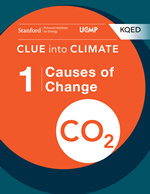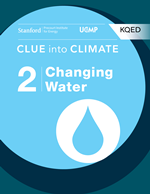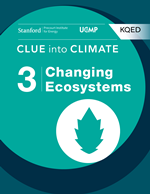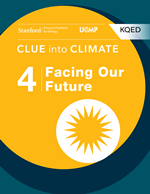The Keeling Curve is one of the most compelling pieces of scientific evidence that shows that carbon dioxide (CO2) is accumulating in our atmosphere. CO2 is a greenhouse gas. Greenhouse gases trap heat in the atmosphere and help keep the planet warm. More greenhouse gas molecules in the air means more heat is trapped, leading to an overall warming of the planet.
Read the explanations in the video above to learn more about the Keeling Curve, which plots CO2 in the Earth’s atmosphere over time.
CO2 is a molecule made up of one carbon atom and two oxygen atoms, and it moves in and out of the atmosphere through various process known as the carbon cycle. In the carbon cycle, natural processes like human respiration and volcanic activity release CO2. Plants absorb CO2 during photosynthesis and the ocean absorbs it when CO2 from the air mixes with seawater. However, human activities, such as the burning of fossil fuels, like coal, oil and natural gas, also release CO2 into the atmosphere.
Since the start of the Industrial Revolution in the late 1700s, humans have been emitting more and more CO2. At the same time, forests all over the world are being cleared for agriculture and development. Deforestation not only leaves fewer plants to absorb the increasing amounts of CO2, but also adds CO2 to the air when trees are burned or left to decay.



